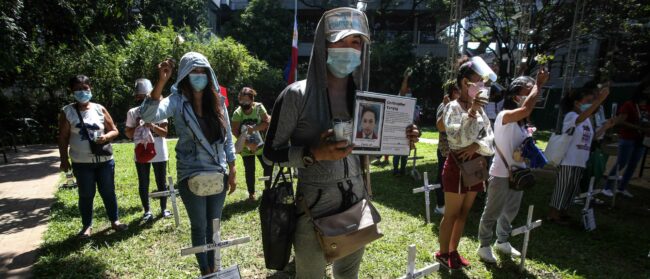As a new Myanmar emerges, the battle rages on for the inhabitants of Kachin, its northernmost state. Thousands of civilians have been displaced and ethnic troops have taken up arms once more to defend their homeland from government forces. Photographer Narciso Contreras captures their story
Text and photography by Narciso Contreras
Burned villages, tortured civilians, missing and raped women. These are just some of the atrocities carried out by the Myanmar army during the ongoing war in Kachin State. “The order has been straight on the Kachin issue,” says Colonel Ginog at the Kachin Independence Organisation (KIO)’s headquarters. “The military regime wants to demolish all ethnic groups; that is their secret plan.”
The trip into the Kachin rebels’ mountainous stronghold starts in China. Secret routes seep into northern Myanmar. Along the way, radio communications with the rebels divulge safe times to cross the border, avoiding the gaze of the Chinese army and intelligence agencies.
Over the next 21 days, it becomes clear that here are a people caught between their right to live in their ancestral land and the will to survive the pursuits of those aiming to ransack the wealth of resources hidden in the bowels of this remote region.
Tens of thousands of civilians have been displaced by the fighting – which resumed in June 2011, ending a 17-year ceasefire – setting up temporary homes in camps and Laiza, the small town that serves as the KIO’s main stronghold. Nevertheless, John smiles every day, as do the countless farmers, soldiers, officials, women and children – each grin a miniscule victory for humanity.
The warmth shown by our hosts in these darkest of days is overwhelming. Never more so than when sitting with them in the moonlight, raising bamboo cups full to the brim with Kachin whiskey and cheering “Ongdon!” which means “for freedom” in the Kachin lingua franca.
“We are prepared to fight for two more years,” says John, smiling once again, this time through cigarette smoke. Kachin songs fill the air, laughter drifts from the kitchen along with the smells of some wonderful culinary creation.
Such memories have remained inside me long after leaving Kachin State. A beautiful environment is being ravaged in this most hidden of Asian regions. I believe a conflict should never be forgotten but most of all I hope that, one day, I will see John smile again.
For more information visit: polarisimages.com or narcisocontreras.photoshelter.com
Related Articles
“From prison to parliament” – National League for Democracy MP Phyo Min Thein discusses torture, ethnic violence and Myanmar’s long road towards democracy

